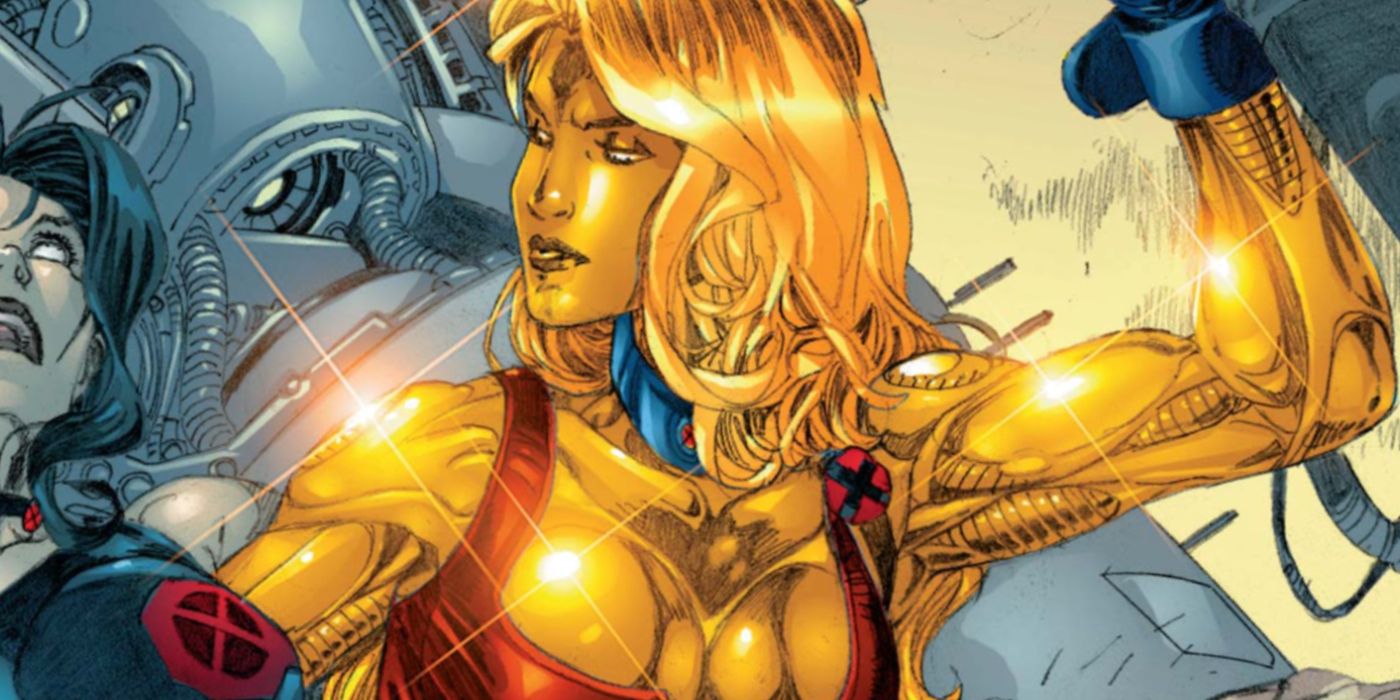Lifeguard from Marvel Comics is one of several X-Men whose abilities have been de-powered or sidelined in favor of a higher-stakes story. Surely, with such unique powers, these heroes should be facing equally unique conflicts. Unfortunately, from mutants such as Darwin, who can change to survive any conditions to Isca, who always wins any confrontation, it seems like a near-impossible task to create any plausible conflict. DC faces similar issues with characters such as Superman and the Flash being consistently de-powered to ease the writing process. The best comic book writers take advantage of this, using the full scope of a character’s abilities to create unique and high-tension stories. This is effectively demonstrated in comics such as Grant Morrison and Frank Quitely’s All-Star Superman and Geoff Johns and Andy Kubert’s Flashpoint. Lifeguard’s abilities aren’t cheap or overpowered; they just aren’t effectively utilized by writers.
Heather Cameron, also known as Lifeguard, is a mutant who can develop whatever power she needs to save a human life in her vicinity. Cameron is introduced as an Australian lifeguard in X-Treme X-Men #6 from Chris Claremont and Salvador Larocca, where she helps Storm and Thunderbird rescue surfers from a great white shark. Using her abilities, Heather creates a current that pushes the civilians to shore. However, her abilities don’t stop there. Lifeguard claims that her powers adapt depending on the situation. Like Darwin, her body can morph, her skin turning to golden armor, and growing wings, gills, or even additional arms to rescue those in danger. Apart from the X-Treme X-Men and a brief stint in X-Corporation, Heather’s appearances are few and far between.
Beyond her powers, there is a deep sense of conflict at play in Lifeguard’s backstory that is a rich opportunity for expansion. While the X-Men are infiltrating Khan’s forces to rescue Storm in X-Treme X-Men #13 from Claremont and Larocca, Heather finds that she has transformed. Strange markings appear on her face, her gold-armored skin is now permanent, her nails are claws, and wings have sprouted from her back. One of Khan’s men recognizes the markings on Heather’s face, proclaiming that they have Shi’ar royalty on deck. This is when Heather discovers that her mother must’ve been Shi’ar royalty. When her Shi’ar side awakens, Heather feels drawn towards taking lives rather than saving them. This revelation opens a wide range of potential stories for the character to explore.
The issue with Lifeguard is not that her powers are over-the-top—it’s that writers simply aren’t being creative enough. While it’s difficult to write powers such as Lifeguard’s while maintaining a believable sense of conflict, it isn’t impossible. By creating the right challenges, she could become one of Marvel’s most compelling heroes. For instance, villains could take advantage of Lifeguard’s abilities by placing the lives of innocents nearby in danger, so that she has no choice but to save them. Perhaps, her resulting transformation is right for rescuing them but leaves her vulnerable to attacks from others. What does Lifeguard do when an enemy is danger—when rescuing someone may result in the deaths of hundreds or thousands of others? What happens when her mutant and Shi’ar sides come into conflict?
With the Shi’ar Empire playing a major role in Secret X-Men, it’s disappointing to see Lifeguard missing from the X-Men roster. There are many unanswered questions about her Shi’ar heritage, and her unique abilities would be perfect for the X-Men’s intergalactic front. The X-Men are known for tackling tougher issues such as politics and continually pushing the boundaries of “good vs. evil,” yet a character with a “difficult” power set seems to be too much of a challenge. Lifeguard could be one of the X-Men‘s biggest assets if Marvel just gave her a chance.
About The Author
